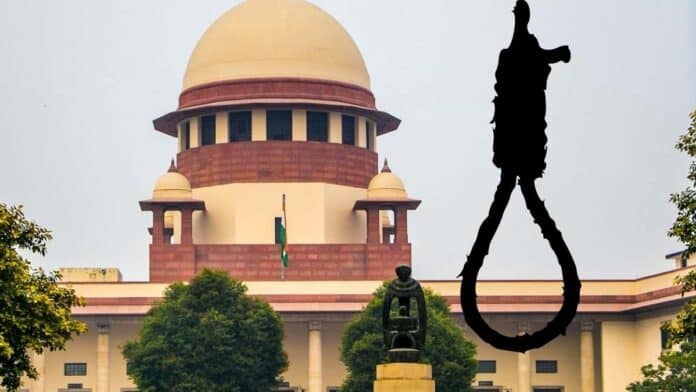The Supreme Court of India has acquitted Dashwanth, a man sentenced to death for the sexual assault and murder of a seven-year-old girl, after finding that the trial was conducted in a “lopsided manner” and that the prosecution “miserably failed” to prove its case beyond a reasonable doubt. A three-judge bench comprising Justices Vikram Nath,
To Read More Please Subscribe to VIP Membership for Unlimited Access to All the Articles, Download Available Copies of Judgments/Order, Acess to Central/State Bare Acts, Advertisement Free Content, Access to More than 4000 Legal Drafts( Readymade Editable Formats of Suits, Petitions, Writs, Legal Notices, Divorce Petitions, 138 Notices, Bail Applications etc.) in Hindi and English.







